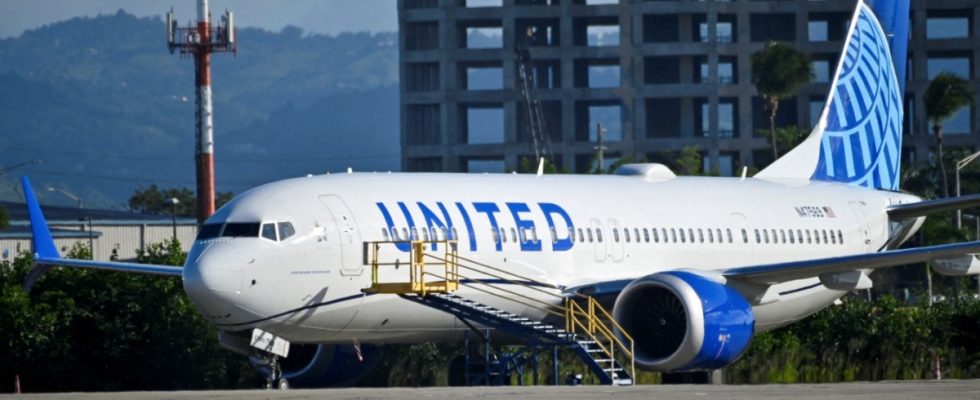There are a few terms in aviation safety jargon that immediately trigger alarm. One of them is called “Identified Unsafe Condition”, i.e. a known unsafe condition, and another is called “Single Failure” – a situation in which just one more error can trigger a major safety problem. Both together result in a dangerous situation that must be avoided at all costs.
These two defects come together in a new model of Boeing’s 737 series. It is typical of the corporate culture of the American aircraft manufacturer that it tried until the very end to get special approval for its approval from the Federal Aviation Administration (FAA). But in view of the disaster surrounding Alaska Airlines Flight 1282, in which the door panels of a 737-9 aircraft came off in flight at the beginning of January, Boeing has now withdrawn the application. An extremely painful decision: Because at least one of the new 737 MAX versions will probably come onto the market much later.
Debris could get into the engine
It’s about the system that is intended to prevent ice from forming on the engines in certain weather conditions. This heats the front edges of the engine cowling with hot air. In mid-2023, Boeing found that the parts made from fiber composite materials could crack and come off if pilots forget to turn off the system and heat it up for too long in dry air. Debris could get into the engine or damage the fuselage and control surfaces. The three versions of the 737 MAX that had already been approved were still allowed to continue flying with new requirements and special permits. The question, however, was whether the FAA would still allow the two other variants of the short- and medium-haul jet, the smaller 737-7 and larger 737-10, even with the deficiency.
“Identified Unsafe Condition” – in this case that is the heating system. And “Single Failure” because in case of doubt it would be enough for the pilots to forget to switch it off. In its original application, the manufacturer pointed out that the fairing had never actually been torn off in flight. But now, also due to strong political pressure, Boeing changed its stance: On Tuesday night, the company announced that it wanted to develop a new technical solution, which, according to previous information, would take another 18 months. This means that approval of the MAX version will be delayed from the beginning of 2024 until at least the middle of next year.
Aviation inspectors are currently inspecting Boeing’s factories
Boeing has received around 360 orders for the 737-7, including around 300 from Southwest Airlines alone. For the 737-10, there are orders for a good 1,000 more aircraft on the books. Their certification was no longer expected for 2024 due to other issues, but the de-icing problem makes the situation even more difficult.
The problems with the supervisory authority do not only relate to the new variants. The fact that a part of the fuselage broke off on board the Alaska Airlines plane during the flight was initially the most serious incident, which was due to a series of quality defects in ongoing production and the first with real consequences for flight safety. The FAA then sent dozens of inspectors to Boeing factories to review procedures. Boeing is also not allowed to ramp up production of the 737 MAX until the authorities are satisfied that the aircraft manufacturer has got the problems under control.
Boeing CEO David Calhoun is under extreme pressure when he announces his company’s 2023 financial results on Wednesday. But these are now only marginally interesting: Analysts also now want to know how Calhoun plans to save the 737 MAX and thus Boeing itself.

